선조영역 Area Striata_제프 셔 Jeff Scher
선조영역 Area Striata_제프 셔 Jeff Scher
1985 / B&W / Sound / 3min / 16mm to HD
Description
이 영화는 반복 없는 싱글 프레임 패턴으로 일본 전통 직물 스텐실을 촬영한 작품이다. 대부분의 패턴은 추상적이고, 어떤 것은 자연적 요소를 갖고 있었다. 흰 종이위에 검정색 잉크로 되어 있어, 콘트라스트가 높고 이로 인해 화면을 두드리는 빠른 속도에서도 특별히 섬세히 보는게 가능하다.
영화는 하이콘 필름을 사용해 오직 검정색과 흰색만 존재한다. 화면속에서, 필름의 투명한 부분은 오직 영사기 전구의 빛만 투영되고 검정 부분은 어떤 빛도 닿을 수 없을 만큼 밀도가 높다. 완전한 검정색과 스크린 그 자체인 흰색은 놀라울 정도로 즐거운 효과를 만들어냈다.
한 번에 한 프레임 씩 직물의 반복된 패턴을 촬영하고 매번 선택적으로 구성을 변화시켜 예기치 못한 방식으로 패턴을 애니메이션화 했다. 어떤 부분은 흐릿하고, 어떤 부분은 질주하는 듯 보였지만 여전히 개별적 프레임은 명확히 가시적이다. 움직임의 패턴, 영화에서만 가능한 독특한 광학적 몽타주는 나를 사로잡았다. 실제 직물을 바라보는 것 보다는 훨씬 더 정신없이 움직이지만, 이런 방식으로 촬영해 직물의 반복은 리듬속에서 춤을 추기 시작한다. 난 후에 만든 많은 영화에서 이 기법과 변형을 사용했다.
작품의 제목은 시각정보를 처리하는 사람의 대뇌피질의 후두엽 부분을 설명하는 의학용어에서 유래한다. 음악은 바흐의 곡을 연주하는 일본 밴드의 것을 사용했다. 유럽음악을 일본 악기로 연주하고, 일본 인쇄물을 내가 다루는 것을 병치시키는게 좋았다.
Reasons To Be Glad is a valentine to cinema. It was also my first exploration of the rotoscope as an animation tool. Each shot is pared down to a glimpse or tease, like a montage of mysterious but cinematic moments. The film is a mix of bits of various discarded B movies I’d collected and brief vignettes I shot with friends. The real reason for my gladness was that everything was fun to draw. The relationships between the shots evolved in my head as I worked on the film. When you have as much time as the film took to live in each shot, one frame at a time, you invent narratives that can be pretty obscure. I call this phenomenon “animator’s logic.” I’ve always felt that trailers are so much more cinematic than features, that actual features are unnecessary.
I built my rotoscope with parts from an old Bell and Howell 16mm projector and a big coffee can mounted on a copy stand. The revelation of the process was how live action footage could be projected, one frame at a time as a reference onto the animation paper, a technique that goes back to Max Fleischer who patented his version in 1919. It is the movie version of optical devices used by painters dating back to the very invention of devices with a glass lens such as the camera obscura used by Vermeer, and many painters since. What is so unique about rotoscope-based animation is how it seems to straddle animation and live action, the drawings have an accuracy and realism that feel photographic but are drawn. It’s like translating life into paint. I found that it was a great tool to extract lifelike human action from the live-action film, and it allows a great deal of control over how a viewer reads the redrawn action.
As in any form of animation, a sequence of a few seconds might require fifty or more painted images. Making the same image in tiny transitional increments quickly becomes mechanical. To keep it compelling to draw, I started to vary the technique, media and style from drawing to drawing. It surprised me how perfectly recognizable everything was even when the painting was wild and varied tremendously from image to image. The subject of the image was indelible in almost any context. I added collage elements, cigar labels, ticket stubs, photos from magazines. I would paint like a caveman on one frame and Ingres on the next, then attempt a De Kooning-like painting after that and the underlying images remained perfectly legible.
The continuity of the live action was always visually dominant. Any gaps in the drawing are filled in by the viewer‘s persistence of vision. Something else was happening though; there was a percussive visual pulse to the film. The collisions of the dissimilar drawings on the screen became a uniquely cinematic texture. The optic overload, as the individual paintings merged into this churning texture on the screen, all the while preserving the figurative elements of the original images, presented an exciting phenomenon to explore.
I used the Xavier Cugat song both for the uncanny synchronicity of the lyrics and the pure joy of the performance. I am a big Cugat fan and had long dreamed of making a feature length musical based on his autobiography, Rhumba is My Life. In some ways Reasons to Be Glad is a trailer for this fantasy film.
The original negative for this film was also lost when the same lab closed. I did however make about a dozen prints, and this version was transferred from the pick of the litter.

